Why Don't Cats Like Being Belly Touched? (Fact or Fiction?)
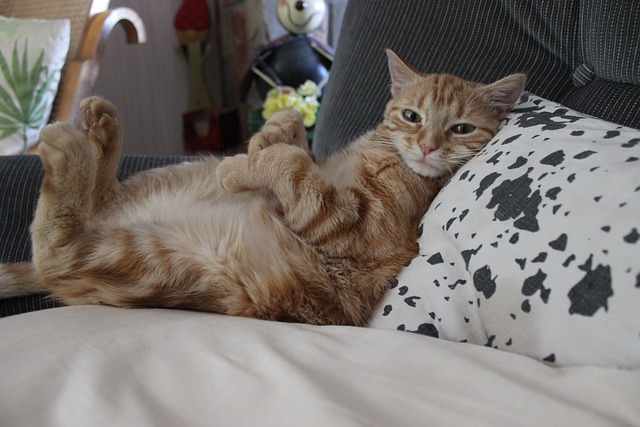
Imagine this:
You're cozied up on the couch with your fluffy feline friend, ready to give them a gentle belly rub. 😺
But OH NO!
Their ears flatten, their claws come out, and they give you that unmistakable glare.
Why, oh why, don't cats like their belly touched?
Let's dive in.
Signs Your Cat Doesn’t Like Belly Rubs
Excessive licking or biting: A sign of discomfort
If your cat starts licking or biting when you rub their belly, it means they don't like it.
They see it as an invasion of their personal space, just like someone barging into your space without asking.
So, when that happens, back off.
To understand what your cat is feeling, watch their body language carefully when you reach for their belly. If their ears are flattened or they growl or hiss at you, those are definite warning signs.
But if they're purring, rubbing against you, or stretching while showing off their belly, congratulations!
It means they're relaxed and open to some belly-rubbing action.
Caution and respect for their sensitive bellies
Keep in mind that cats have sensitive bellies, so be careful when you touch that area. One wrong move and they might swipe at you faster than you can say "ouch!" Respect their boundaries and remember it's all about building trust and a special bond between you two.
So, next time you feel the urge to give your furry friend a belly rub, pay close attention to their hints and body language. By understanding them better, you might just experience one of those magical moments of belly rubbing.
Give it a shot!
Main points I'll expand upon further down this article:
- Cats have sensitive hair follicles on their bellies, making it uncomfortable to touch.
- Cats may exhibit signs of discomfort if they have stomach pain.
- The primordial pouch in a cat's belly serves as protection for vital organs.
- Cats may show their bellies during play, but generally dislike belly rubs.
- Cats show and guard their bellies to protect vulnerable organs.
- Rolling over and showing the belly can have different meanings for cats.
- When petting a cat, focus on their cheeks, chin, and back instead of the belly.
- Cats love being pet on the head, chin, and cheeks to bond with others.
- Teaching a cat to enjoy belly rubs requires patience and positive reinforcement.
- Understand that each cat has unique preferences, so don't assume.
And now, let's dig deeper into the scientific reasons behind why cats are not fans of belly rubs and uncover some fascinating facts about their sensitive bellies!
Can’t Touch This: Why Cat Bellies Are So Sensitive
Cats' sensitive bellies are a result of their wild ancestors' survival instincts. These areas are packed with sensory nerves and hair follicles, making them highly sensitive. The protective primordial pouch shields their vital organs during play and fights, emphasizing the message: Can't touch this!
Cats are well-known for their dislike of belly rubs.
But have you ever wondered why?
Well, here's the scoop:
Cats have super-sensitive sensory nerves and hair follicles on their bellies.
Yes, you heard me right, those cute little bellies are packed with highly sensitive nerves.
It's like a live wire!
This sensitivity actually stems from their wild ancestors' survival instincts.
See, cats rely on their bellies and tails to navigate their surroundings and hunt.
So naturally, these areas are extremely sensitive and alert.
Now, what happens when you try to give your feline friend a belly scratch?
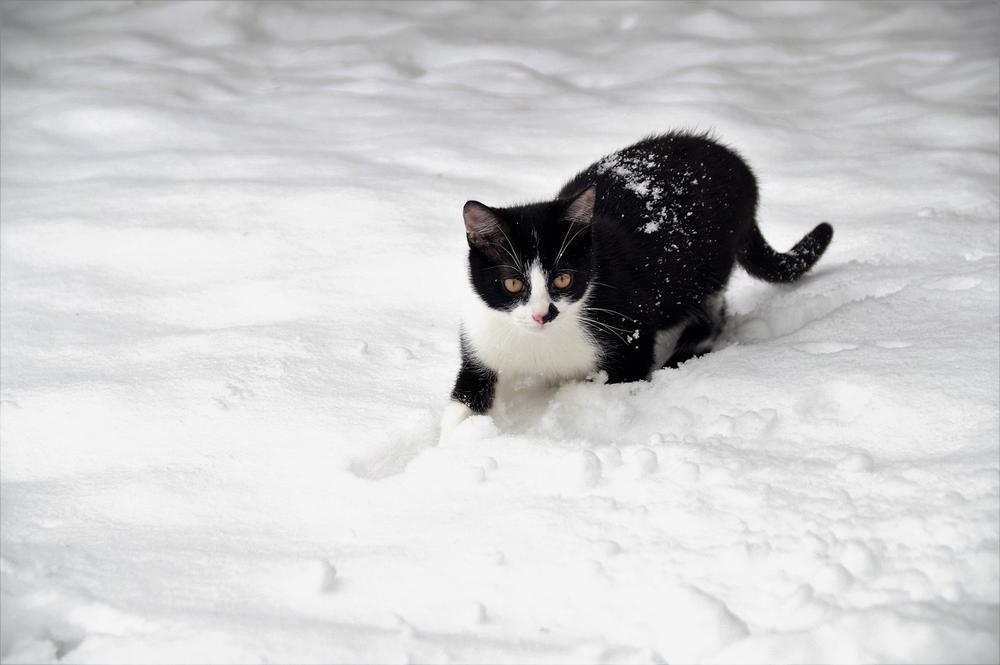
Let me tell you, it's not as pleasant as it sounds.
If cats experience stomach pain, they may show signs of discomfort such as hiding, lack of appetite, vomiting, diarrhea, crying, odd postures, and sensitivity to belly touch.
And let me remind you, the belly houses essential organs like the liver and intestines. That's why cats have developed a special protective layer called the primordial pouch.
This clever pouch acts as a shield for their vital organs.
It gives them additional protection during playful activities and fights.
It helps distribute the impact of potential blows and provides flexibility during high-speed chases.
So please please keep in mind, some cats might show you their belly during playtime.
But be cautious.
It doesn't necessarily mean they want a belly rub.
It's more of a playful invitation than an explicit request.
So next time you're tempted to give your furry friend a belly rub, remember their ultra-sensitive nerves, the protective primordial pouch, and the message they're trying to send:
"Can't touch this!
Why Cats Show and Guard Their Bellies
Cats and their bellies, let me tell you, it's a whole different story.
Ever wondered why cats show their bellies and guard them? Well, here's the scoop.
When your furry friend rolls over and exposes their belly to you, there could be a couple of reasons behind it.
On one hand, it might mean they feel relaxed and comfortable around you.
It's like saying, "Hey, I trust you with my super sensitive belly." But hold your horses because things aren't always what they seem!
Sometimes, when cats roll onto their back, it's more about showing off their defensive skills than inviting belly rubs.
They're basically telling potential predators, both real and imagined, "Watch out!
I've got sharp claws and teeth!" Now comes the tricky part.
Not every belly exposure is an open invitation for belly rubs.
Cats can also use that vulnerable position for stretching or sunbathing. And let's not forget about female cats in heat.
During this time, their belly display is all about mating behavior, not belly rubs.
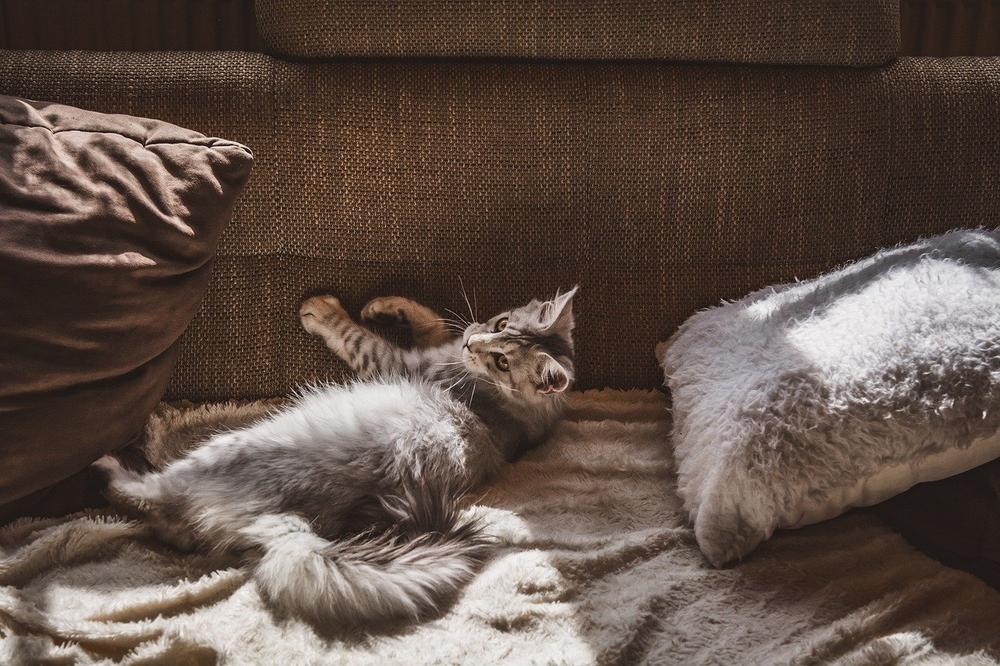
So, hands off, buddy!
Here's something you need to remember.
Just because your cat shows their belly doesn't mean they're eager for some rubs. In fact, it could just be a misplaced sense of trust rooted in their instinct to protect those delicate organs.
So, before you dive into belly rubs, pay heed to their body language and cues.
If they appear relaxed and receptive, go for it!
Give those belly rubs a shot.
But if they tense up or seem uneasy, back off, my friend!
Cats have their own mysterious ways, and sometimes even the belly can't spill all their secrets.
And if you're still feeling intrigued by the mysterious ways of our feline friends, I have just the thing for you.
In my article Why Do Cats Slap, I delve into the intriguing reasons behind this behavior.
It's a must-read for any cat lover looking to uncover the secrets behind those seemingly random slaps.
Where Does Your Cat Want to Be Pet?
Know where your cat likes to be touched when you pet them.
- Cats love getting pet on their cheeks and chin because these spots have scent glands that help them mark territory and connect with others.
- Petting their head, chin, and cheeks makes cats happy because they have scent glands there that help them recognize and bond with others.
- If your cat is sensitive, stick to gentler areas like the head and chin. That way, you can show them affection without overwhelming them.
- Don't rub or pet their belly; it's better to scratch under their chin or around their cheeks to make them feel loved and secure.
When you stroke their face, you're helping them spread their scent and claim you as theirs.
Pay attention to your cat's body language and preferences - every cat is different.
They'll thank you for it! 😺
And now let me share some tips on safely approaching belly rubs with your cat...
Can I Teach My Cat to Like Belly Rubs?
Can cats really learn to enjoy belly rubs?
Well, maybe they can!
If you're looking to help your cat warm up to belly rubs, here are 10 tips just for you:
- You can start by giving gentle strokes near their chin.
- Slowly progress towards the belly and keep an eye on how comfortable they are.
- Remember, not all cats are fans of belly rubs, so respect their preferences.
- Instead, focus on petting them in areas they do enjoy.
- The best time to begin is when your cat is relaxed and calm.
- Over a few weeks, gradually touch their paws and tummy.
- And don't forget to reward them with treats to create positive associations.
- Approach belly rubs gently to build trust with your feline friend.
- Make sure to create a non-threatening environment using fear-free techniques.
- Lastly, avoid encouraging play aggression while giving belly rubs.
Always remember that each cat is unique, so pay attention to their tolerance levels and know when it's time to stop.
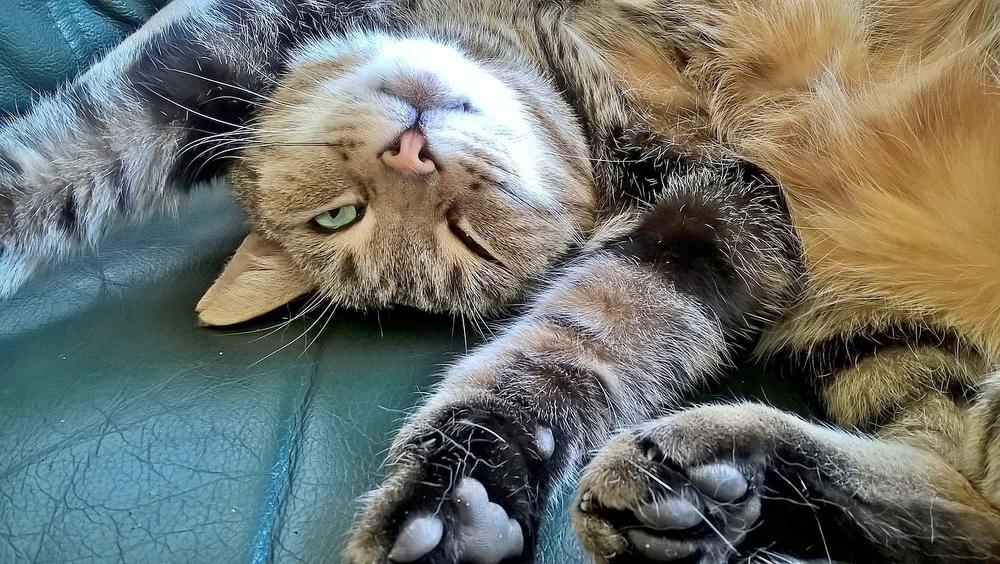
But remember, even if you follow these tips and gradually introduce belly rubs to your cat, you have to understand that their preferences may not change.
Each cat is unique, with their own personality and traits, so you should respect their boundaries and focus on areas they enjoy being petted.
Taking the time to understand and support our feline friends' wellbeing is crucial.
And while we're discussing cats, let's not forget about the importance of adoption and supporting local animal shelters...
The Importance of Respecting Your Cat's Preferences
Respecting a cat's boundaries is crucial when it comes to belly rubs.
You have to pay attention to the areas they actually enjoy being touched.
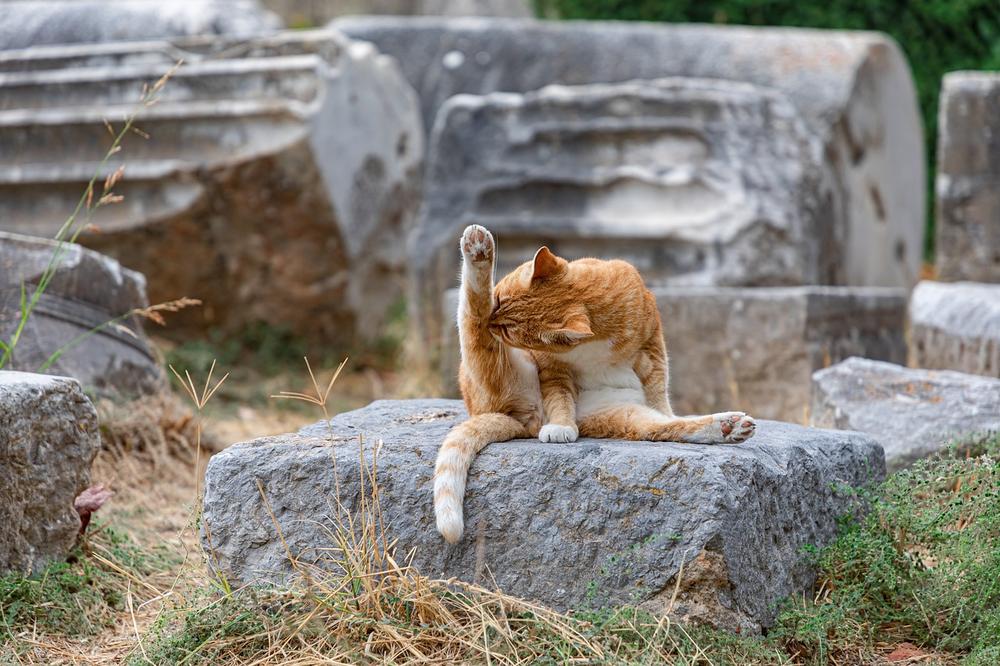
Understanding feline behavior can be tough since each cat has their own personality and traits that make them unique. It wouldn't be fair to assume that all cats feel the same way about belly rubs, so judging based on one cat's behavior isn't accurate.
To properly support and protect our furry friends, we need to gain a deeper understanding of their needs.
Consider adopting rescue pets instead of buying from breeders or pet stores - this way, you can show your support to local animal shelters while giving an adorable cat a forever home.
And that wraps up today's article.
If you wish to read more of my useful articles, I recommend you check out some of these: Why Do Cats Yowl at Each Other, Cat Humping While Kneading, Newborn Kitten Wont Stop Crying, Why Do Cats Lick Concrete, and What Does the Position of Your Cats Whiskers Mean
Talk soon,
-Sarah Davis